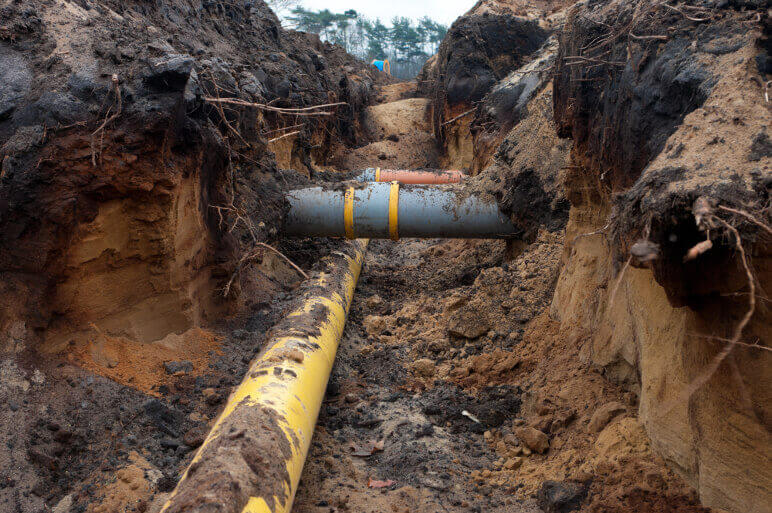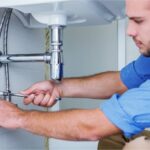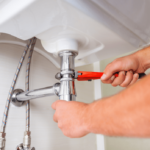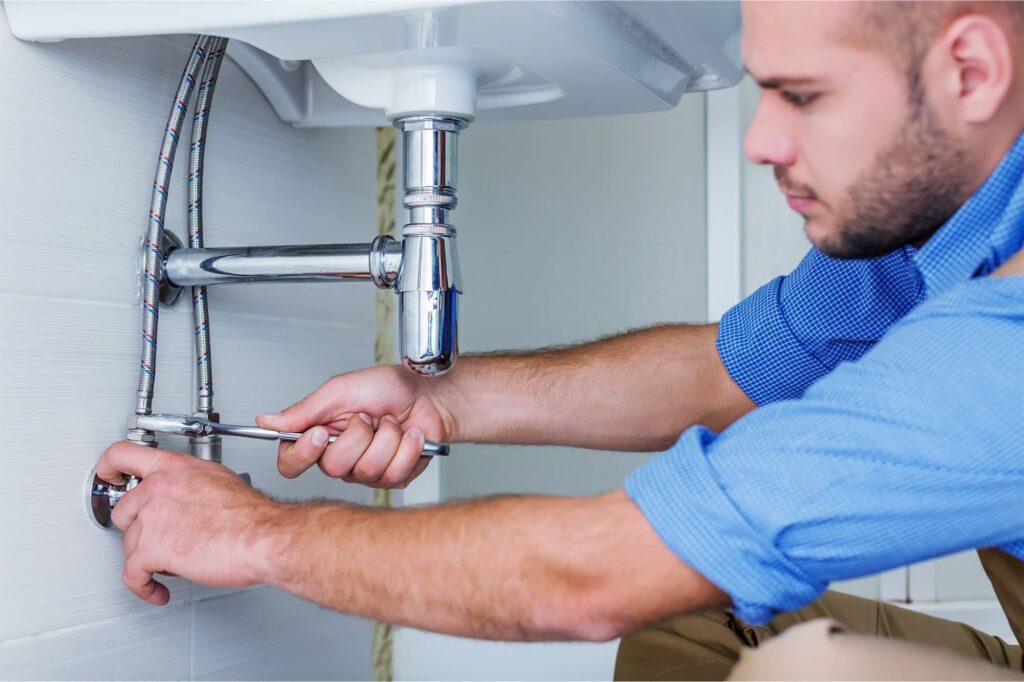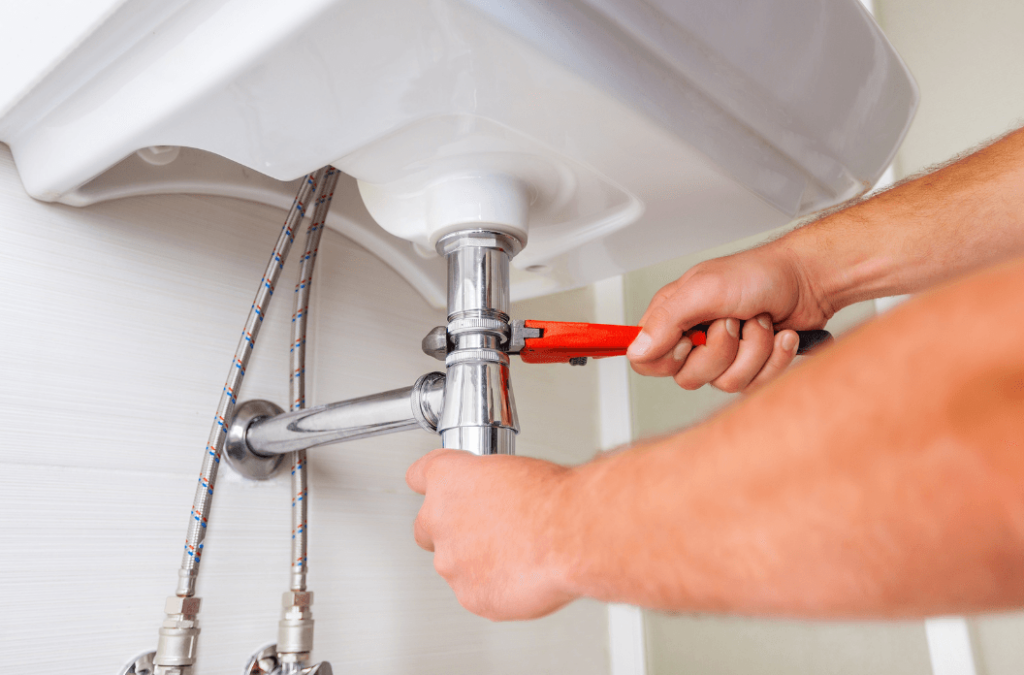Managing a property is no easy task, particularly when water line issues become prevalent. With a myriad of potential problems lurking beneath our faucets and drains, our homes could be at risk without us even realizing it.
Water line troubles not only disrupt normal daily activities but also pose concerns for the overall health of the inhabitants. Let’s delve into some common waterline issues and their solutions.
- Solving Low Water Pressure: This problem often roots in pipe clogging or leaks. A techie quick fix would be replacing the faulty parts.
- Addressing Discoloured Water Concerns: Discoloration often indicates contamination which calls for an immediate inspection.
- Managing Yard Flooding: Overflows can lead to yard flooding, preventive maintenance and timely repairs can help address this concern
- Preventing Corrosion: Regular checks can help ward off corrosion that threatens pipe durability.
- Reducing High Water Bills: Unchecked leaks and inefficient systems often result in expensive utility bills. Replacing aged units with efficient alternatives can offer respite.
In light of these complexities, having access to resources providing details about common problems and fixing strategies is crucial.
Contents
- Solving Low Water Pressure Issues
- Handling Noisy and Leaky Pipes
- Dealing with Clogged and Burst Pipes
- Addressing Discoloured Water Concerns
- Managing Yard Flooding and Pests
- Preventing Corrosion and Freeze Damage
- Restoring Clean Water After Contamination
- Fixing High Water Bills and Water Damage
- Water Woes Resolved
Valuable Resources for Troubleshooting Water Line Issues
In my quest for solutions, I stumbled upon this article on realtydigest.net, offering valuable insights into handling common plumbing issues. While there’s no substitute for professional help, getting acquainted with these problems can lead to timely interventions and prevent small issues from snowballing into major disasters.
No homeowner welcomes water line issues, but they’re an inevitable part of maintaining a property. Your ability to identify and appropriately respond to these problems will largely determine the kind of impact they can have on your home and daily life.
Becoming educated on this topic is in your best interest. It will not only save you from unwanted costs but also secure the integrity of your property in the long run.
Solving Low Water Pressure Issues
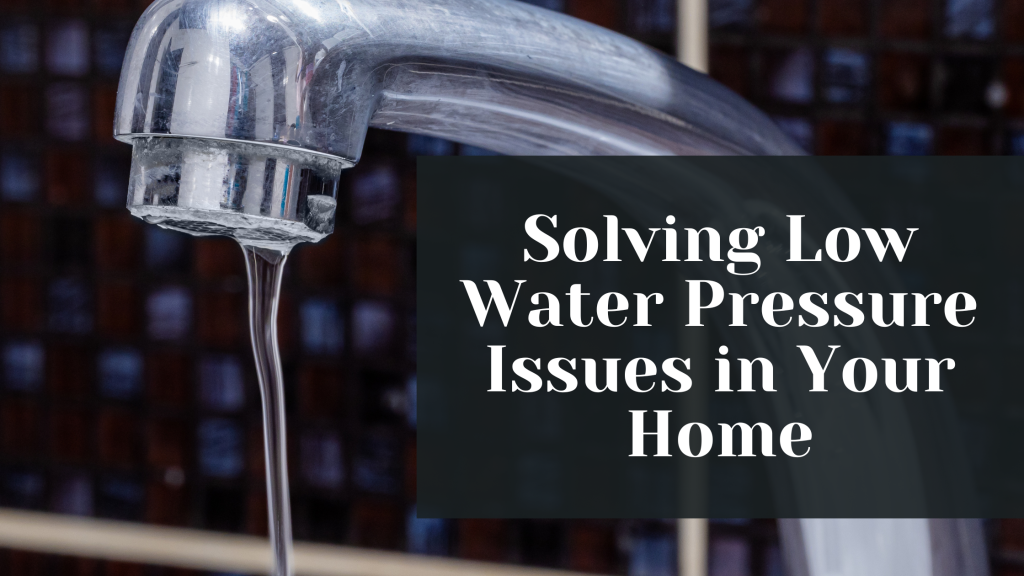
What Causes Low Water Pressure?
Low water pressure commonly stems from problems like pipe corrosion, clogs, or leaks.
Issues with the main water valve or local water supply can also result.
How Can I Identify the Cause?
To identify the cause, begin by checking the main water valve.
If problems persist, inspect individual fixtures for clogs and leaks.
What if All Fixtures Have Low Pressure?
If low pressure affects all fixtures, consider consulting a licensed professional.
A pro can examine the entire plumbing system for underlying issues.
How Can I Solve Pipe Corrosion Issues?
Pipe corrosion often requires replacement by a professional.
This isn’t a DIY task due to potential risks and complications.
How Can I Deal With Clogs?
Common clogs sometimes are cleared using a plunger or store-bought drain cleaner.
For stubborn clogs, seek professional help.
Can Water Pressure Be Too High?
Yes, extreme water pressure can damage pipes and appliances over time.
A pressure reducing valve may be necessary to prevent this from happening.
Handling Noisy and Leaky Pipes
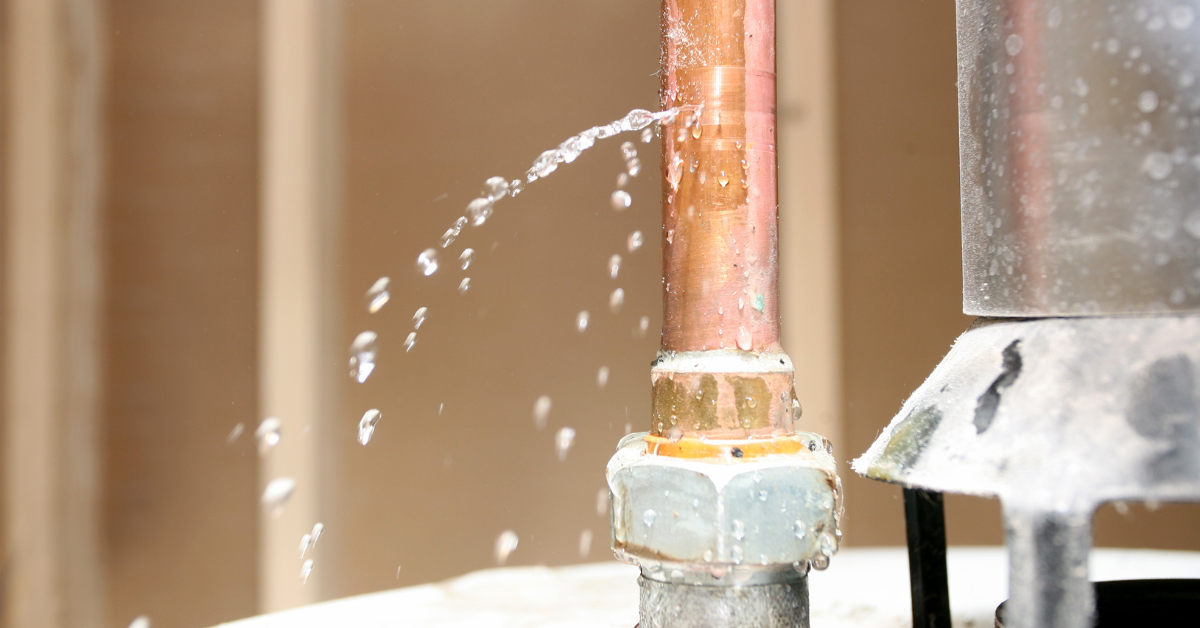
Confronting the issue of noisy and leaky water pipes is no small task. This problem can be a constant nuisance, disrupting your peace and tranquility at home.
It’s not just the noise — leaky pipes can lead to excess water usage, cause damage to your property, and result in hefty repair bills. You may not notice a leak until it has escalated into a larger issue.
- Initial Steps: First and foremost, turn off your water supply to minimize potential damage to your belongings and reduce the amount of wasted water.
- Detecting Leaks: Second, you must distinguish between a pipe that’s merely noisy and one that’s leaking. The sound of flowing water or dripping could indicate a leak.
- Maintenance: Regular maintenance is key in preventing further damages and costly repairs down the line. This may include periodic checks and immediate attentions to any leak or crack noticed.
As uncovered by HomeTips, thorough investigation is key to handling this situation effectively. It involves careful diagnosis of the issue — from detecting possible leakage sites to deliberate steps towards fixing them.
In many cases, repairing a leak or silencing a noisy pipe requires professional expertise. However, understanding what causes these issues could potentially help you resolve minor problems on your own. Plus, knowledge comes handy when liaising with experts for repairs.
Dealing with Clogged and Burst Pipes
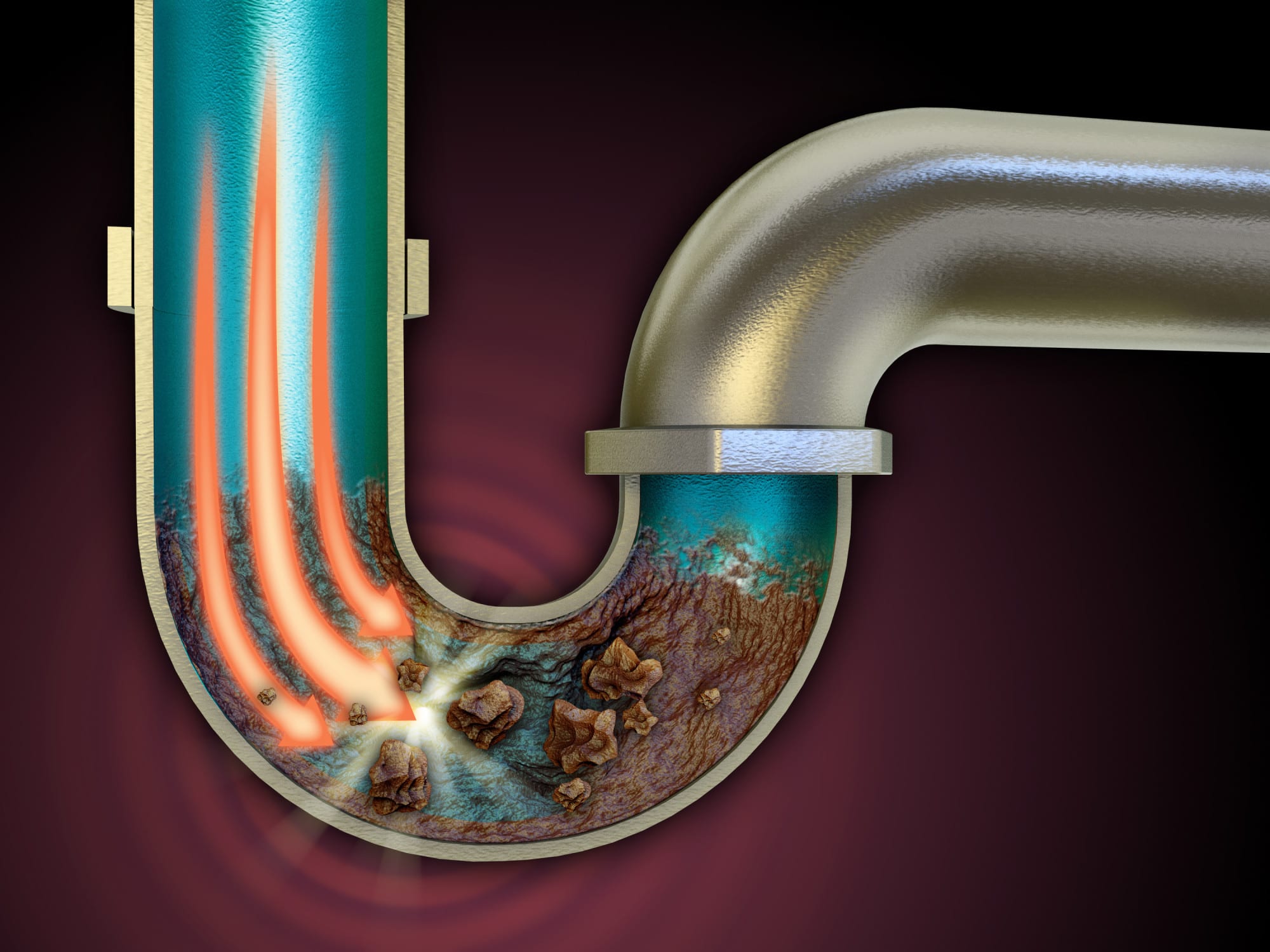
Let’s delve into the problematics of densely blocked and ruptured pipes. These culprits can cause severe damage, stress, and frustration.
- Determine the issue – Find out if your pipe is clogged or burst.
- Shut off water supply – to prevent further damage, immediately turn off your water supply.
- Contact experts – Dealing with pipes require expertise. Contact a professional promptly.
- Prevent recurrence – Steps can be taken to avoid these issues in the future.
The initial step is identifying whether you have a clogged or burst pipe. A backed-up toilet or slow-draining sink usually signals a clog.
In contrast, reduced water pressure, watermarks on walls or unexpected increases in your water bill may indicate a burst pipe.
If you confirm any of these problems, the next immediate action should be shutting off your water supply to prevent more damage and flooding.
Clogged pipes could be dealt with homemade drain cleaners or plunger, but for severe cases calling an expert becomes vital.
Burst pipes involve more complex procedures requiring professional intervention. They might need to replace the damaged section entirely.
Regardless of the issue, preventive measures are crucial. Regular maintenance and inspections can help in early detection and prevention of the problems.
Addressing Discoloured Water Concerns
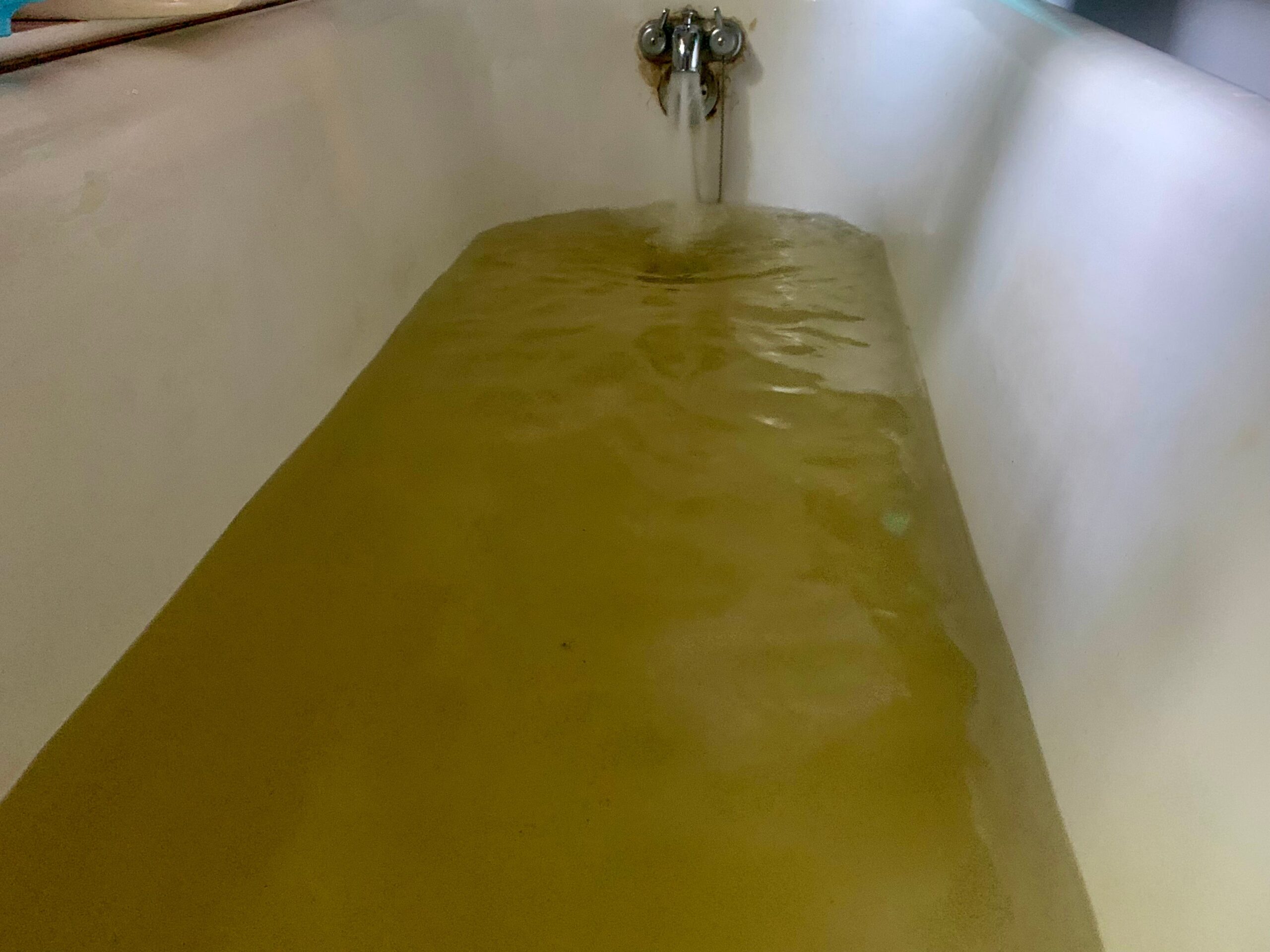
The sudden appearance of discoloured water can be quite alarming. Often, sediments and minerals may cause this issue.
While not a health hazard in most cases, it’s still crucial to address whitish or brownish water coming from your taps.
Let’s delve into the common causes and possible solutions for this problem.
- Mineral Deposits: Over time, mineral deposits from hard water can accumulate in your water lines.
- Sediment Build-up: Dirt and other particulates can cause visible discoloration when they build up in water pipes.
- Rusty Pipes: Corroded or rusted pipes can often cause brown or reddish water color.
- Bacterial Growth: Certain bacteria thriving in water pipelines can lead to discolored water, usually yellow.
You can combat these issues with simple yet effective methods.
Tackling hard water can be done with a quality water softener. This removes excess minerals thus reducing the chances of discoloration.
Schedule regular pipe cleaning or consider replacements for extremely rusty or deteriorated pipelines. Finally, bacterial issues might require professional inspection and treatment.
Managing Yard Flooding and Pests
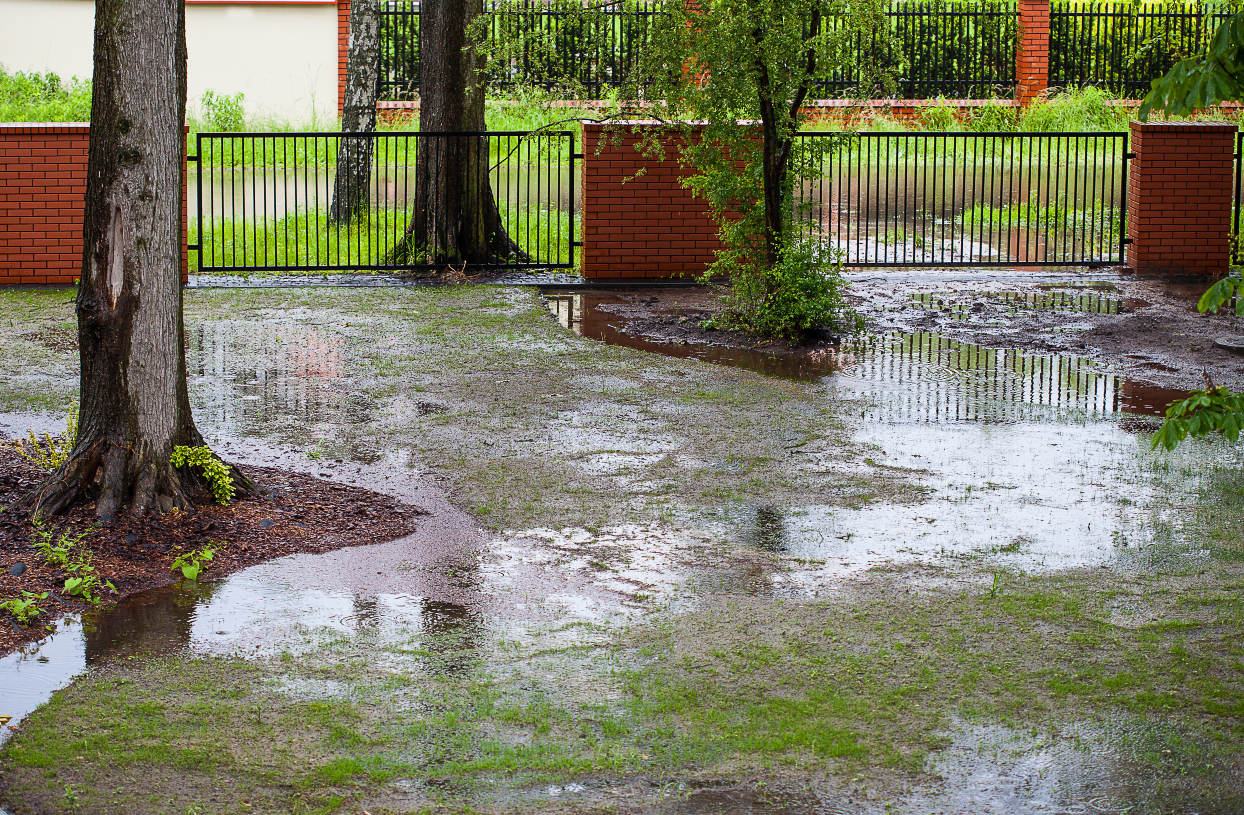
Yard flooding can be a nuisance, damaging your property and attracting pests. One way to manage this issue is to properly assess your drainage systems.
Sometimes, it’s easy to neglect these problems until they become uncontrollable. The truth about yard flooding is that it’s often preventable with some careful planning.
- Understand Your Yard: Every landscape is unique, and their water lines aren’t the other way round. Therefore, know your yard’s watering need.
- Do Regular Checks: Keep a close eye on your water lines. This can help spot potential issues before they become problematic.
- Maintain The Drains: Regularly clean and maintain your drains. Clogged or poorly maintained drains can lead to flooding.
- Use Natural Pest Control: If pests are attracted to the excess water in your garden, consider implementing natural pest control methods.
If you’re unsure how to effectively manage the situation, you can always seek professional advice.
For example, there’s an informative article on Bob Vila that can guide you through the process of identifying and correcting any drainage issues you may have.
In conclusion, treating water line issues requires consistent monitoring and maintenance activities in order to prevent them from becoming more serious problems in the future.
Preventing Corrosion and Freeze Damage
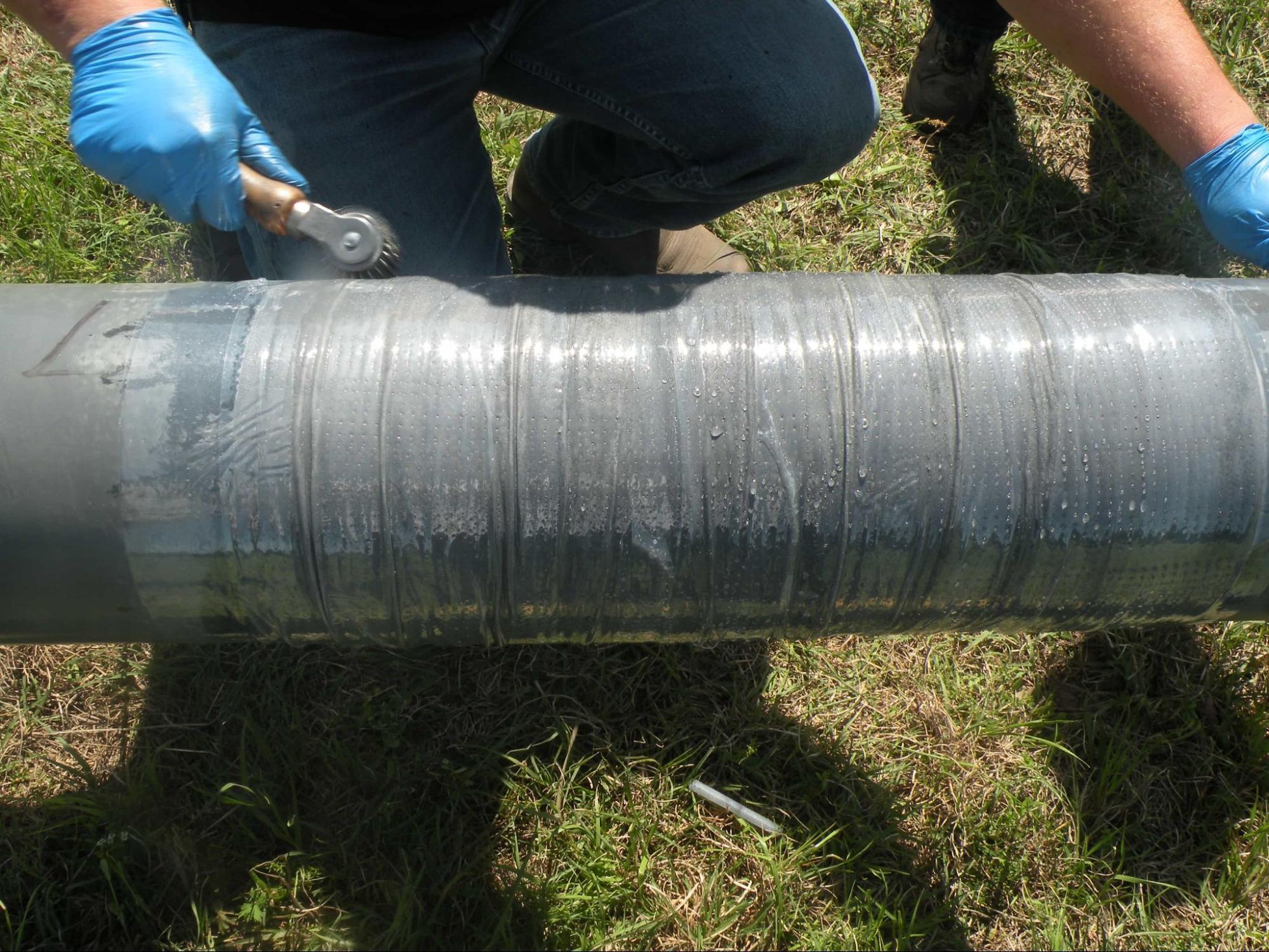
The health of your water line links directly to your life quality. A poorly-maintained one harbors corrosion and freeze damage.
Newer pipes don’t corrode as much, yet are unfortunately, susceptible to freezing.
To fully grasp prevention methods, let’s explore the two culprits in detail.
| Issue | Description | Prevention Measures |
|---|---|---|
| Corrosion | This wear-down process can cause holes and leaks within your water line. | Routine inspections are paramount to spot early signs of corrosion. |
| Freeze Damage | Drops in temperature could cause pipes to crack due to water expansion upon freezing. | Pipe insulation is a preventive measure highly recommended for colder areas. |
| Mixed Use | A pipe could corrode over time if drinking water contains high amounts of minerals or chemicals. | Avoid using treated or hard water. Softened water is far less corrosive to common pipe materials. |
| Inferior Material | The durability of the pipe material significantly affects the rate of corrosion. | Favoring higher quality material like copper or PEX piping will aid in preventing corrosion for longer periods. |
| Guide on Prevention Measures against Corrosion and Freeze Damage – Utilizing this information can vastly improve your preventive efforts against pipe damage. | ||
Incorporating these strategies into your maintenance routine can prolong the health and functionality of your water lines.
Armed with this knowledge, one can make informed decisions about their water system, helping to boost efficiency and impart new understanding.
Restoring Clean Water After Contamination
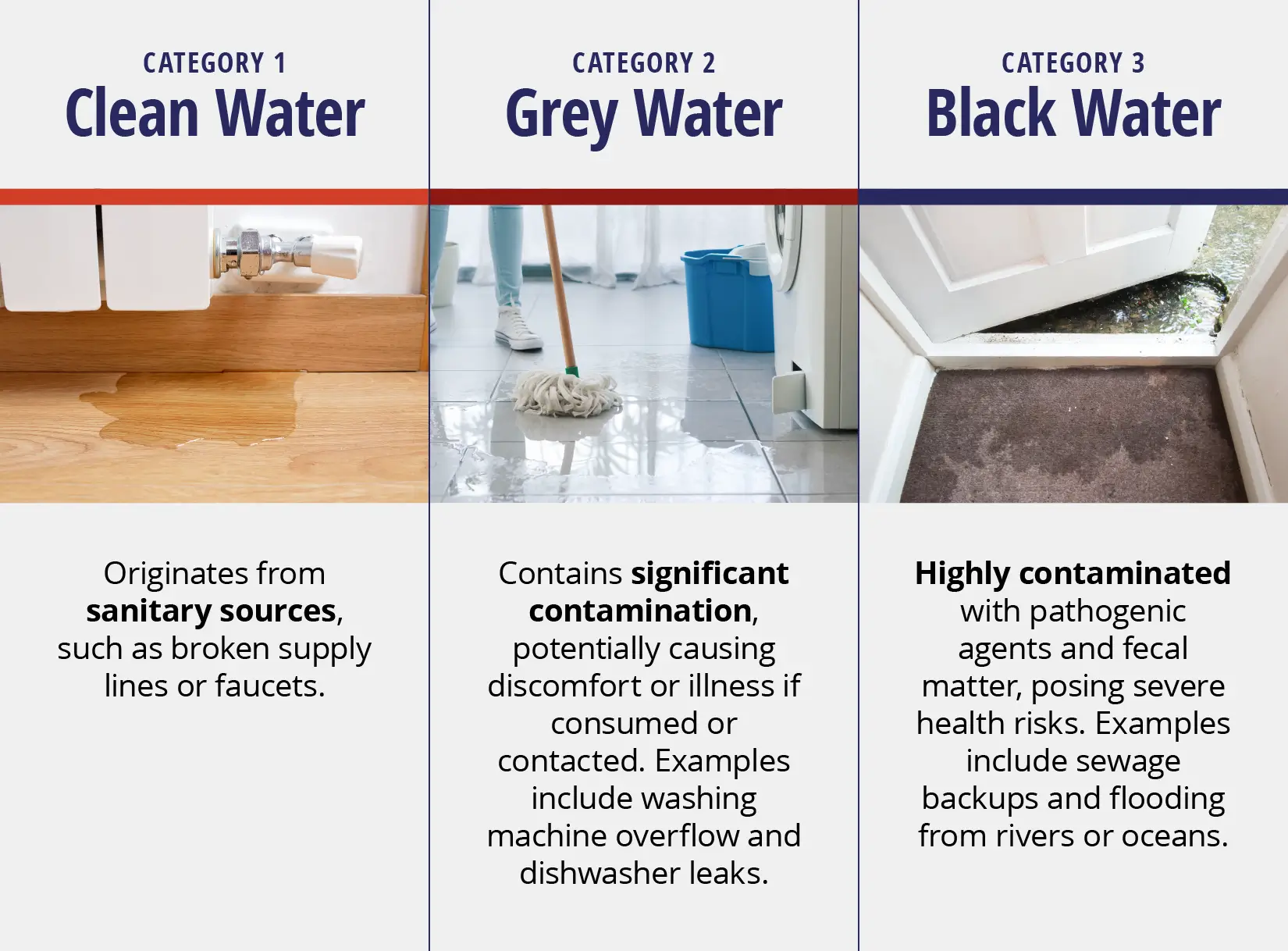
Water contamination is a grave issue that impacts the health of millions across the globe. It’s critical to restore clean, safe water as rapidly as possible.
The first step towards rectification is identifying the source of contamination; be it natural disasters, infrastructure failures or careless disposal of waste.
Potential signs of water contamination could include strange odors or discoloration. In such situations, immediate water testing is advisable.
Water testing helps determine the type and extent of pollutants present. Based on this, suitable remediation measures can be planned and applied.
Boiling the contaminated water is a frequently used solution for immediate use. However, it’s not a sustainable method for long-term supply.
To permanently resolve the issue, disinfection methods such as chlorination, UV treatment, and distillation are adopted. These put the water through intense purification process.
These solutions can lead to the safe removal of microbial pathogens, harmful chemicals, heavy metals and other contaminants from water, ensuring safety for consumption and use.
Maintaining regular checks on your water supply and implementing necessary filtering systems are key to avoiding future issues.
The restoration process might appear complex but with right resources and informed decision-making, achieving clean water continuity becomes feasible.
Fixing High Water Bills and Water Damage
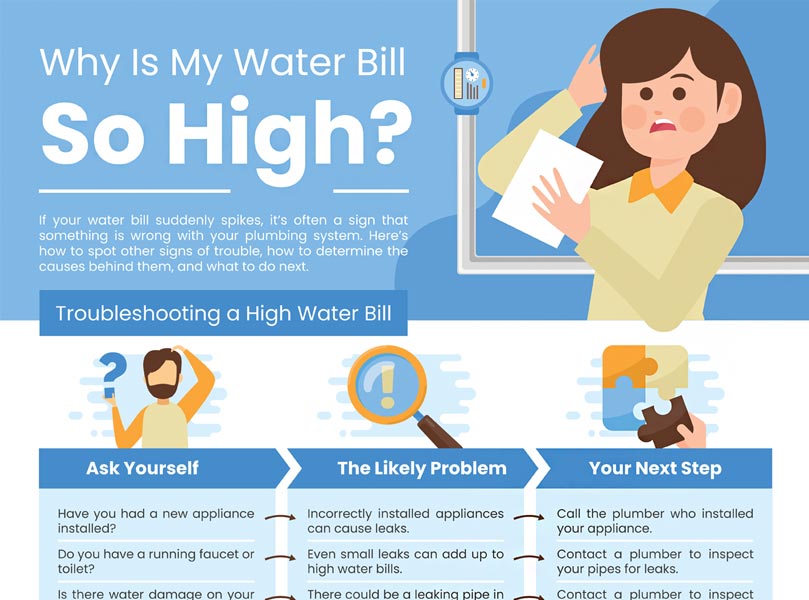
Soaring water bills and persistent water damages are common issues that homeowners face.
These hassles can cause a significant inconvenience, not to mention the impact they have on your budget.
Where to Begin?
The first step is identifying the cause, which is often linked to underlying water line problems.
If left untreated, these issues can escalate quickly, potentially causing extensive damages and costly repairs.
Spot The Signs Early
Observing for the telltale signs like damp walls or an unexpected increase in your water bill could be vital.
A slight difference in day-to-day observations may hint at potential issues with your water line.
Solution at Hand
The good news is that most of these problems have manageable solutions when handled promptly.
You may consult professionals who specialize in identifying and resolving such problems. For more information, you may visit this resourceful site.
Maintenance is Key
The key to avoiding headaches with water lines lies in regular maintenance.
Consider seeking guidance on preventive measures to safeguard against future concerns.
Water Woes Resolved
In summary, diagnosing and rectifying water line issues can be challenging yet crucial. Unattended problems can escalate into costly repairs or replacements. From low pressure, discoloration, to increased water bills, these signs should not be overlooked. A professional inspection is highly recommended to identify underlying issues and implement effective solutions, ensuring a smooth and efficient water supply.
